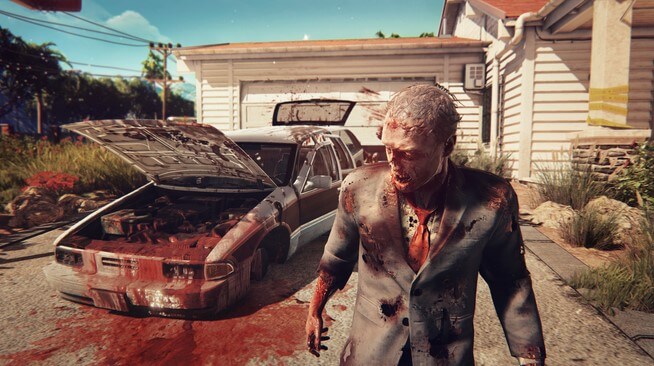

Not Wisconsin cold, but some years it snowed. I grew up in Florida’s capital, 25 miles north of the Gulf of Mexico, a kind of anti-Miami-luxuriously empty, with red clay hills and forests full of oak, magnolia, and pine trees-and on what is now called the Forgotten Coast, long stretches of beach without condominium towers or resorts or pastel mansions.īefore the climate began to warm so precipitously, this part of Florida got pretty cold in winter.

King Charles IV was giving away large tracts of land-already, proto-Floridians loved a good real-estate deal. My family goes back eight generations, to a farm boy who fought for the colonists in the Revolutionary War, then abandoned his newly free country for Spanish East Florida. I’m a native Floridian, an ever-rarer species in a state where most people come from somewhere else. A pecan tree fell on my mother’s house an old cedar barely missed mine. 98, laying waste to the land all the way into Georgia. The Category 5 Hurricane Michael roared ashore at Mexico Beach, drowning the coast with a 20-foot surge, washing out a section of U.S. Florida State and Florida A&M universities geared down, canceling classes. Like most everyone else in Florida, we prepped for it: filling our gas tanks, anchoring our patio furniture, trotting through the grocery store buying batteries, toilet paper, cans of tuna, bags of ice, six-packs of beer. Up north in Tallahassee, where I live, we were just beyond Ian’s western reach, but a few days ago it looked as if the storm was heading straight for us. In some of our glossiest, most affluent, most densely populated communities, survivors now sift through the ruins of their slice of paradise. As many as 50 people reportedly are dead in Florida.
.png)
Hurricane Ian’s 150-mph winds yanked houses off of their foundation in Fort Myers, a pretty town once known for its avenues of royal palms. The sand from Naples Beach now chokes Naples streets. Boats on roofs cars out to sea coastal towns underwater.


 0 kommentar(er)
0 kommentar(er)
